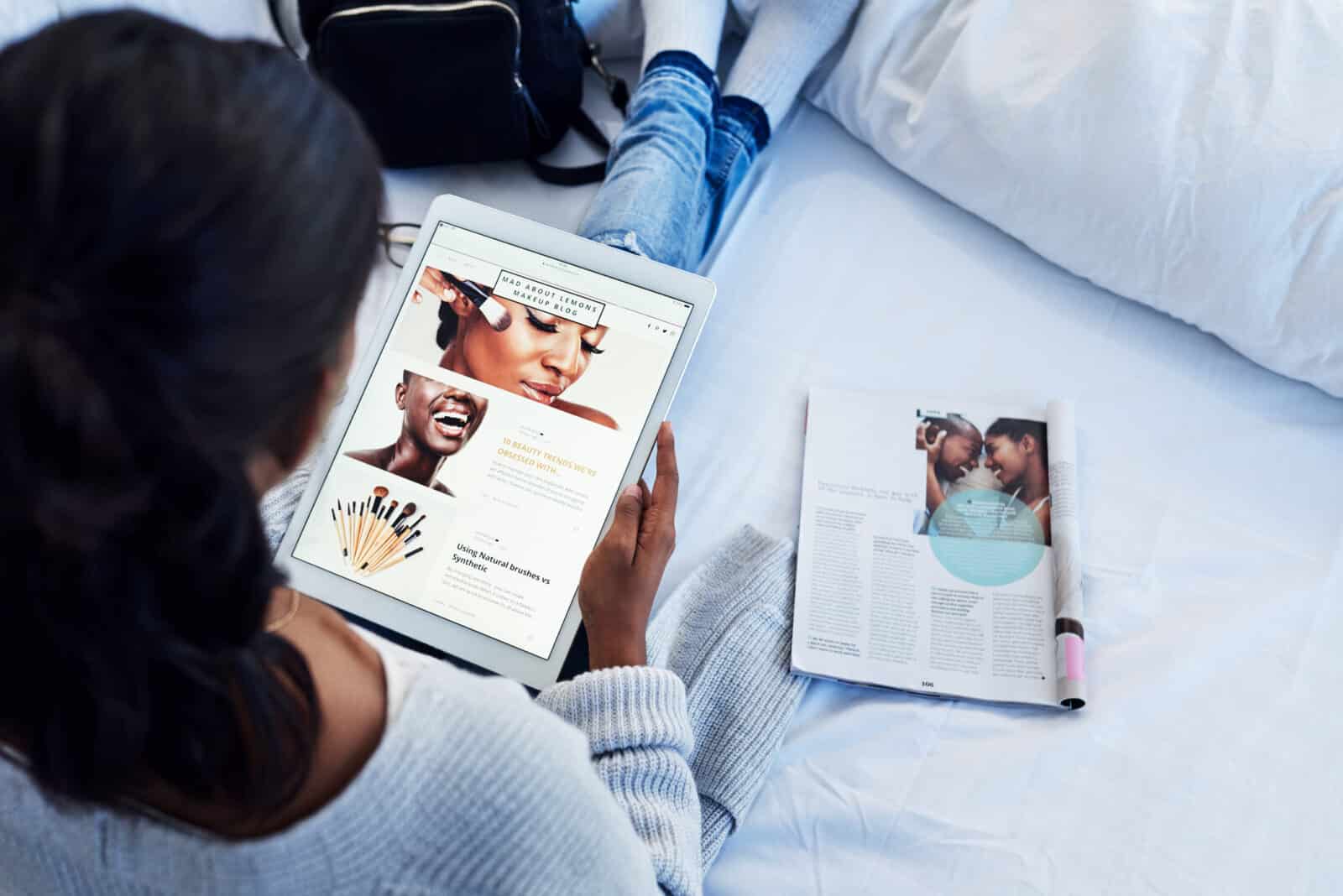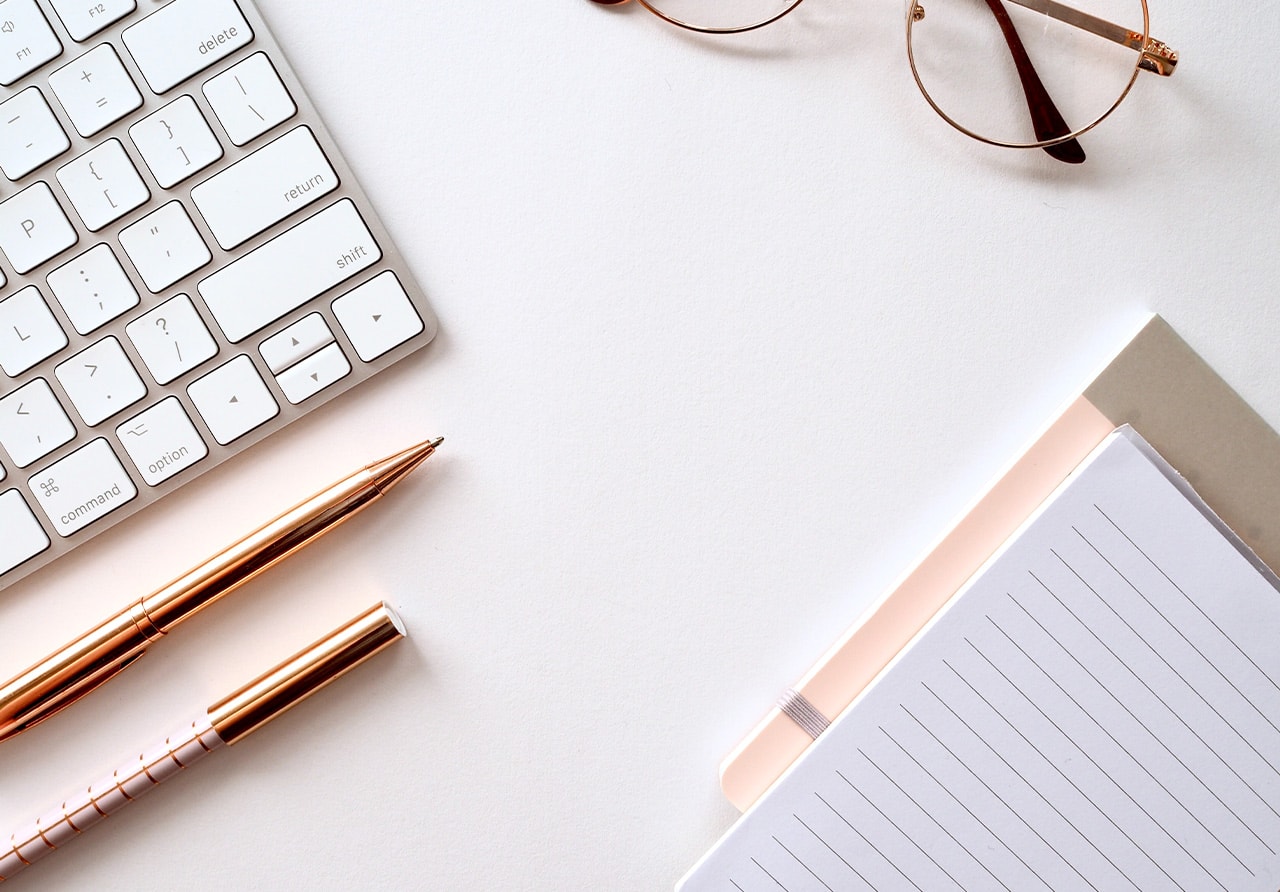Once upon a time, being featured in the glossy pages of a print magazine was the holy grail of beauty brand PR. While those features are still valuable, beauty brands today have a much more complex media landscape to contend with. Knowing how to increase media coverage to overcome this hurdle is now critical.
To succeed in today’s highly competitive industry, beauty brands must know which types of media coverage to target for maximum ROI. They must also know how to increase that coverage so they can gain visibility, build credibility, and ultimately drive sales.
From improving your PR processes to using the right tools, let’s look at a few ways beauty brands can increase their media coverage and reach their goals.
In this article you’ll learn…
Streamline Your Contact Management
To start with, let’s shine a light on your contact book.
Your contact list is the backbone of your beauty brand PR strategy. It’s what allows you to build and maintain relationships with journalists, influencers, and partners. It gets the right information to the right people at the right time. As such, it’s critical to go beyond messy spreadsheets and invest in a system that minimizes duplicates and errors. Your process should allow you to tailor your message to suit each contact’s preferences and interests.
Effective contact management systems also allow you to track your interactions with each contact. With this, you can measure the effectiveness of your communication strategies.
Finally, proper contact management ensures your company stays compliant with data privacy laws such as GDPR. This safeguards you from potential legal complications and fines.
Increase Media Coverage: Analyze Your Voice Mix
There are five key Voices that shape the purchasing journey: Media, Influencers, Celebrities, Partners, and Owned Media. Every brand gains exposure through a mix of these Voices. For example, some beauty brands have built their presence almost exclusively through Influencers. Others rely more on traditional media or have a balanced mix across all Voice types.
Maximizing the value of your media coverage comes down to finding your specific sweet spot. It’s about knowing which Voices drive the highest ROI for certain types of content so you can invest your PR budget accordingly.
Ultimately, what works for one brand may not work for another. While tracking competition is important, a detailed Voice Mix analysis helps you measure the results of your efforts and optimize your future strategy.
Now, let’s look further into how brands use Voices to boost online coverage (and the type of content that works).
In our Beauty Insights Report, we assess campaign data from the top performing Beauty Brands in S2, 2022. The content displays results from marketing efforts that utilized different Voices to achieve success. For instance, Viktor & Rolf proved to be a winner in growth, as the brand’s MIV® increased by +355% (compared to S2 2021).
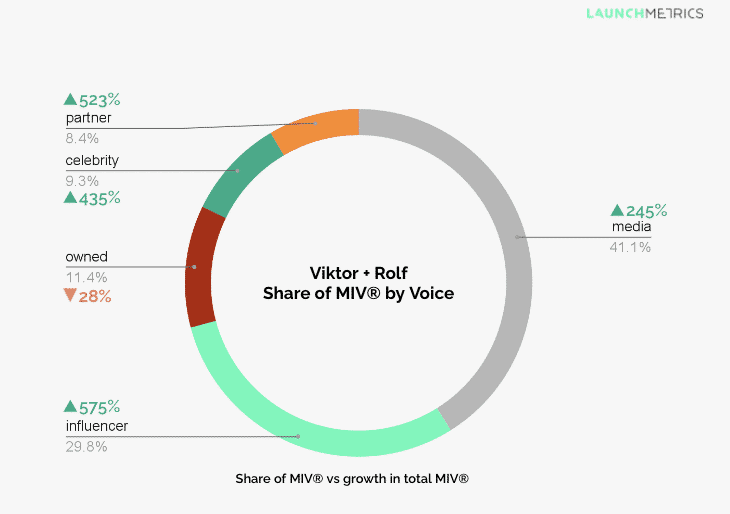
The brand doubled down on its collaborations and partnerships. MIV® across Partner, Media, Celebrity, and Influencer Voices increased significantly while Owned Media decreased. However, the team’s most lucrative Voice proved to be Influencer, with a growth of 575%. In fact, Viktor & Rolf’s top placement was by Influencer Christina Najjar, whose Instagram post generated $739K in MIV®. Scroll down to see the brand’s Voice split for S2.
Meanwhile, Dior managed to defend its beauty throne with a continued strategic focus on partnering with Korean Celebrities. Dior Beauty managed to increase its performance in S2, seeing its MIV® grow by +28% (compared to S1 2022).
The brand’s top 10 placements came from Jisoo Kim and Cha Eun-woo. Collectively, they managed to garner $14M MIV®.
Both stars posted similar content for Dior. Each displayed the name of the brand or product, or shared magazine covers where the brand’s products were used.
This goes to show that, what works for one brand, may not be as impactful for another. With these Voice insights, brands can gain inspiration and data that gives them a competitive edge. Subsequently, the insights ensure future campaigns are better devised to guarantee success.
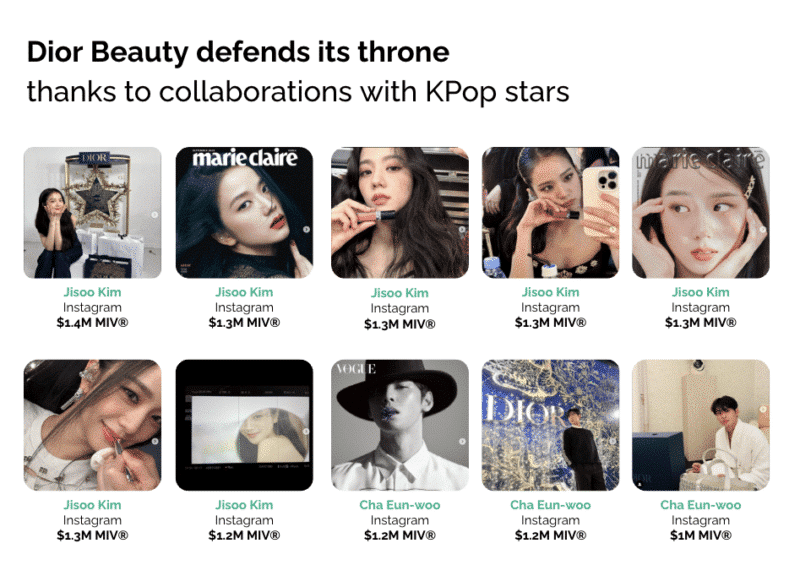
Storytelling: Experiment With Content Angles & Formats
Exploring different story angles and content types will broaden your reach and highlight what resonates best with your target market. This is true whether you’re posting to your Owned accounts, engaging with Influencers, or sending releases to Media outlets.
You might partner with MUAs on beauty tutorials or supply products for cover shoots and editorials. Maybe you promote giveaways and competitions, or host events and product launches. Either way, consider approaching Influencers or Media outlets with story angles that go beyond simple news and product reviews. These stories could highlight your team or founder, ethical initiatives, or tie-in events and holidays.
The traditional outlet of print press coverage is a tempting avenue to pursue. However, the media impact brands garner through their Owned Media accounts (namely, their social platforms) can be just as fruitful.
Take the following brands, for example. Neal’s Yard Remedies drove great success through a big calendar event, World Ocean Day. This highlighted the brand’s values around sustainability and protecting our oceans. The team made it clear that this sustainable sentiment feeds into their products and ethos. The project was sure to gain traction with the press and create a buzz on their social accounts.
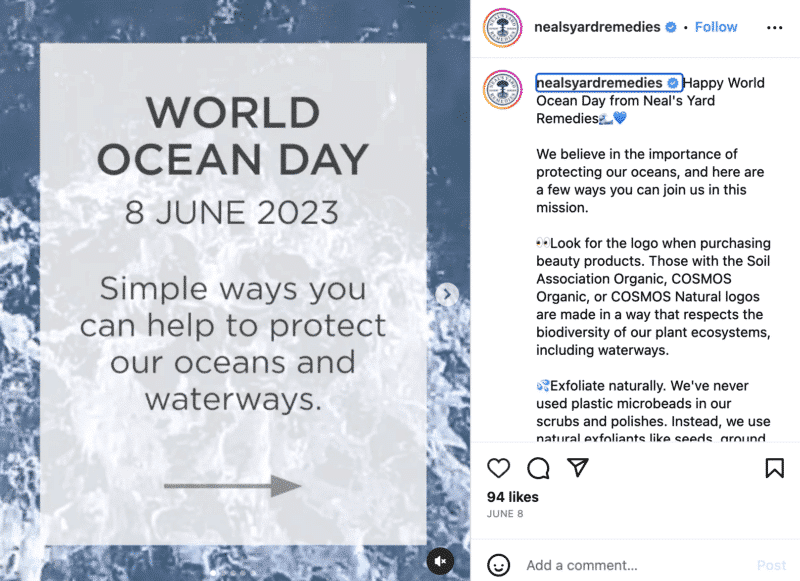
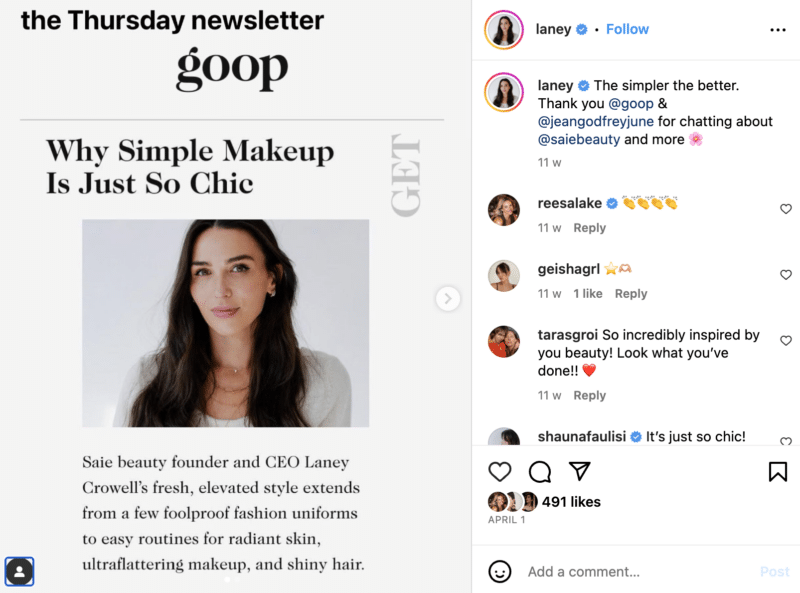
Secondly, we have Laney Crowell, founder of Saie Beauty. In a strategic partnership move, the brand collaborated with Gwyneth Paltrow’s Media Brand, Goop. Laney featured in Goop’s newsletter, sharing her beauty routine with the brand’s almost 2 million followers (and that’s just Instagram).
So, once you’ve launched your strategic move, what’s the next step?
From there, it’s critical to track and measure each of your efforts. The point of this? Discovering which type of content spreads the furthest and performs the best. From there, you can adjust your strategy accordingly.
Influencer Voices that Increase Media Coverage
In a saturated market, targeting specific segments allows brands to stand out and resonate with passionate and highly engaged consumers. By understanding the unique needs of a particular niche, beauty brands can tailor their messaging and brand experiences, allowing their audience to feel seen and valued.
One key way to reach niche audiences is by partnering with micro-influencers. This level of influencer is perceived as being more authentic and trustworthy, while simultaneously being more accessible and budget-friendly for brands.
Working with the right influencers is crucial for boosting visibility and reaching the market segments most fitting for your brand. But there’s also a potential flow-on benefit to influencer marketing: Partnerships with influencers can lead to press coverage that expands and amplifies your campaign results.
This is particularly true when working with top-level influencers and celebrities who are buzz-worthy enough to make headlines for simply sharing their beauty routine or love of a particular product.
While micro-influencers – those with small yet highly engaged followings – play an important role in building brand awareness and trust, influencers at the mega and all-star levels are the ones to engage if your goal is expansive media coverage. Ultimately, you need to find the right balance of influencer tiers based on your brand’s unique goals.
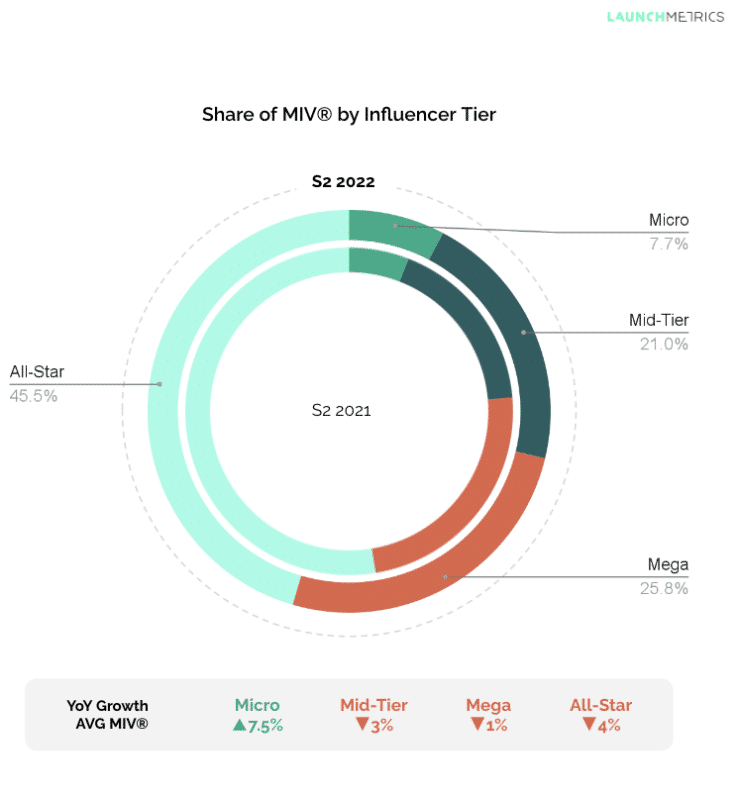
In our Beauty Insights report, we detail how each Influencer Tier’s MIV share evolved in S2, offering interesting new opportunities for brands. Understanding the growth or decline of these tiers and how these trends change over time is critical to brands launching to market or considering collaborations. By understanding these changing trends, you can better understand the value each tier could bring your brand in the future.
One beauty brand that uses the Influencer Voice mix strategically – and to its full potential – is Pixi Beauty. The brand partnered with a mix of influencers to gain traction in the press – and the move worked. Regularly engaging with micro and mega-level influencers who fit the brand’s style and target demographic led to press coverage in WWD and across influencer social accounts.
Meanwhile, beauty giant Glossier gained an appearance in Glamour magazine following a TikTok feature by Celebrity Influencer, Sofia Richie. For this brand, the Celebrity Voice was clearly the best route to increase media coverage.
Only with this knowledge can brands make strategic choices in their future marketing efforts to ensure that each next step is underpinned and supported by the successes of their last campaign.
By quantifying and benchmarking each placement, your brand can accurately identify the most lucrative channels and Voices. This information will also help in knowing how to adjust budget spending.
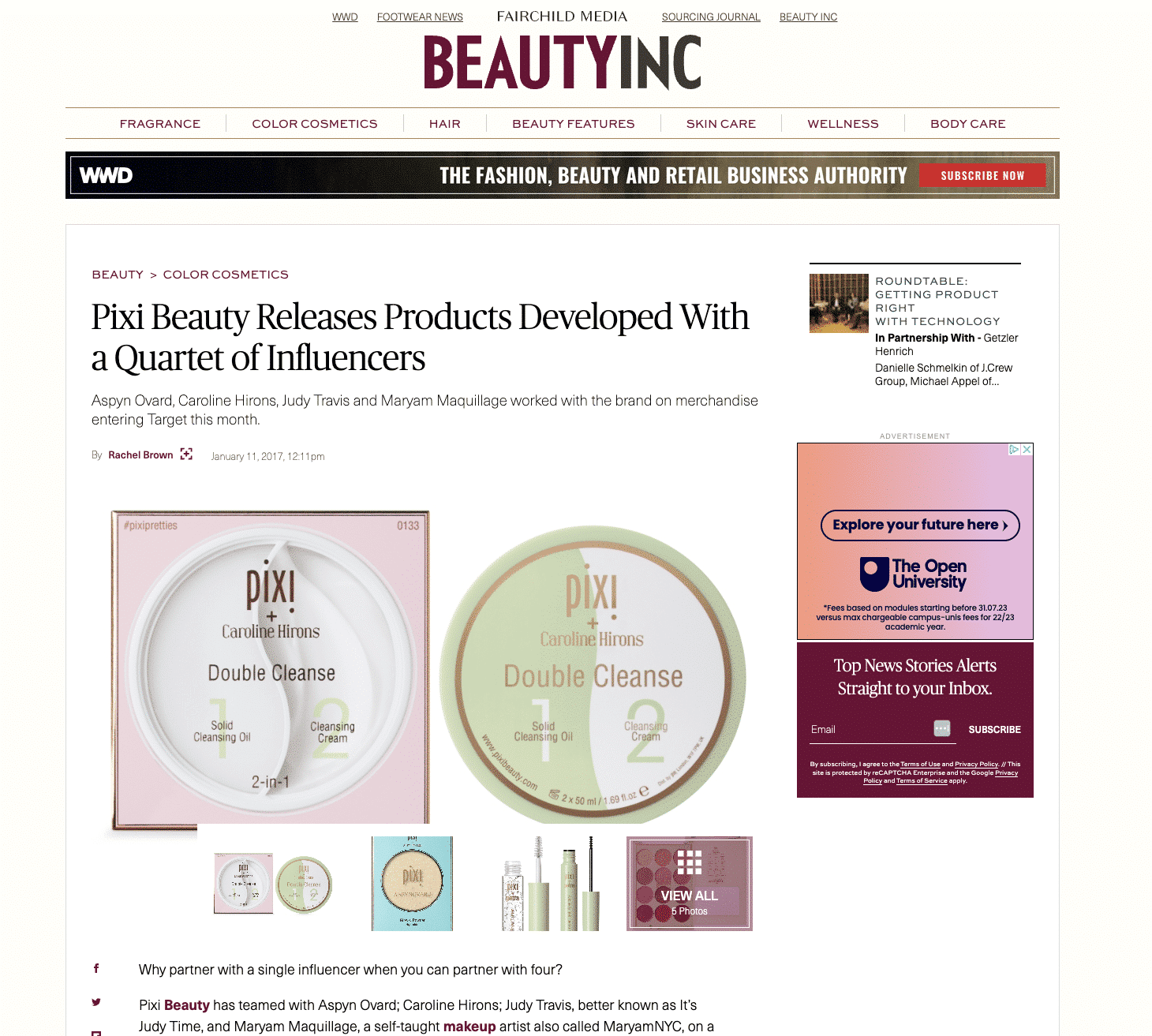
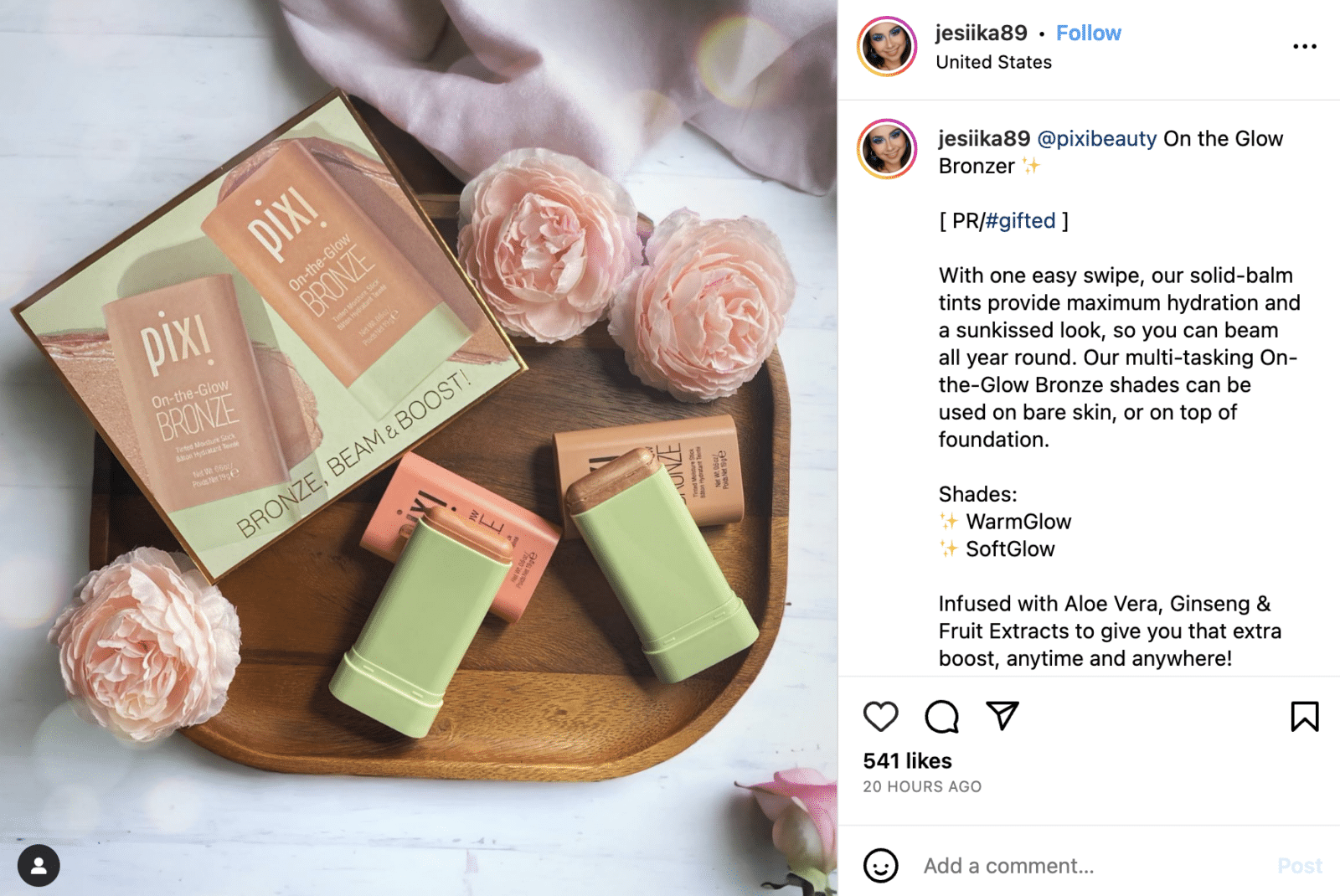
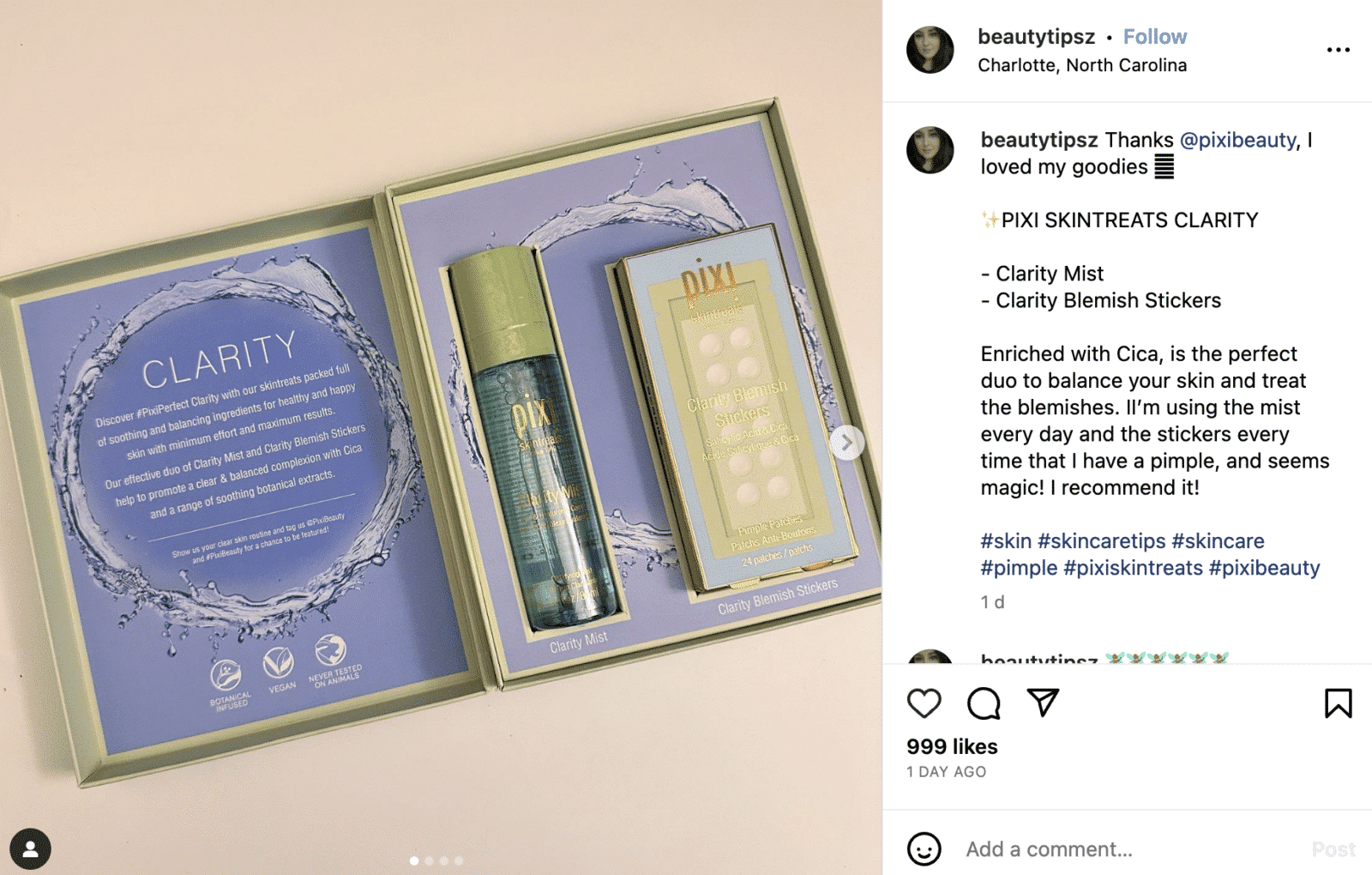
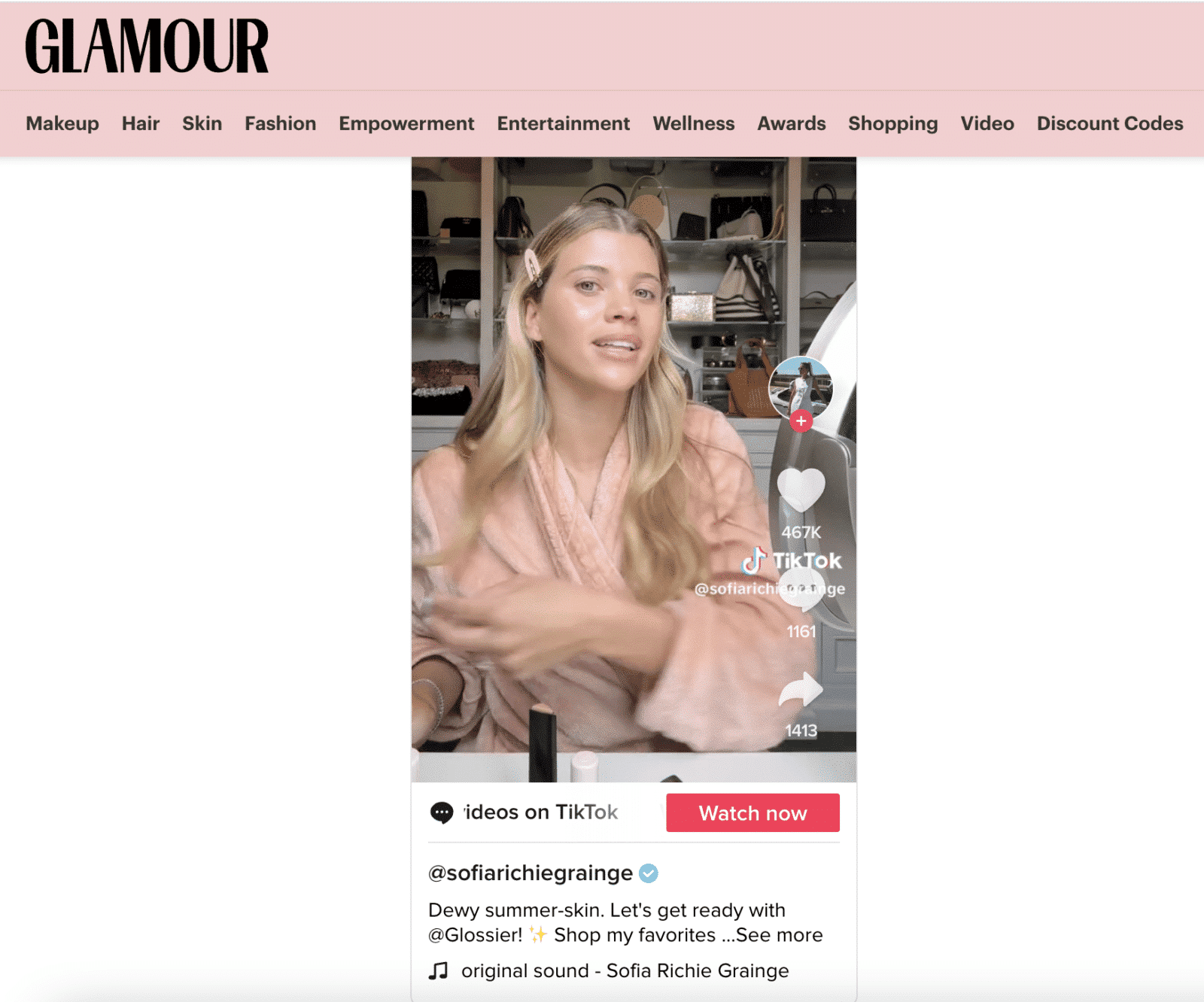
Use Tools to Track & Report on Media Mentions
Imagine firing arrows at a target without looking to see where they land — how could you adjust your aim? Accurately tracking your beauty brand PR performance is what enables you to optimize your strategy and gain a competitive edge.
The problem is, manually tracking your media mentions is time-consuming, messy, and inefficient. Investing in media monitoring technology means the hard work is done for you, with all your brand mentions tracked automatically. The right tools will also allow you to create feeds based on selected hashtags, keywords, and phrases, so you can ensure all campaign-relevant content is picked up and categorized.
Having this data available will allow you to benchmark your performance by comparing different time periods, breaking down data by region, and comparing how placements perform across different channels, like social and press, as well as across different platforms and publications.
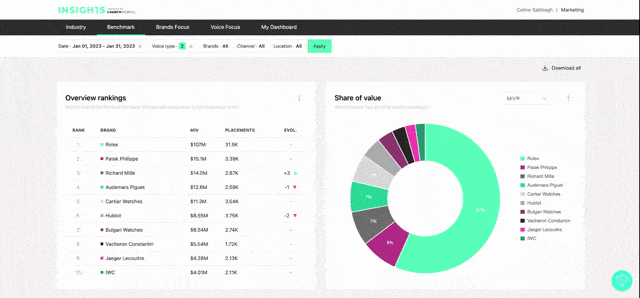
Strong benchmarking capabilities are crucial for driving your PR decision-making. For example, you can discover which publications you’re having the most success with and, from there, research who the audience is and why your message is connecting with them. This information will be invaluable for informing future PR efforts.
Additionally, the right media monitoring tools will enable you to generate a range of valuable reports that can be quickly edited and exported, making it easy to capture and share your results.
Learn more about monitoring media coverage for beauty brands in our on-demand webinar. Check out our preview below!
